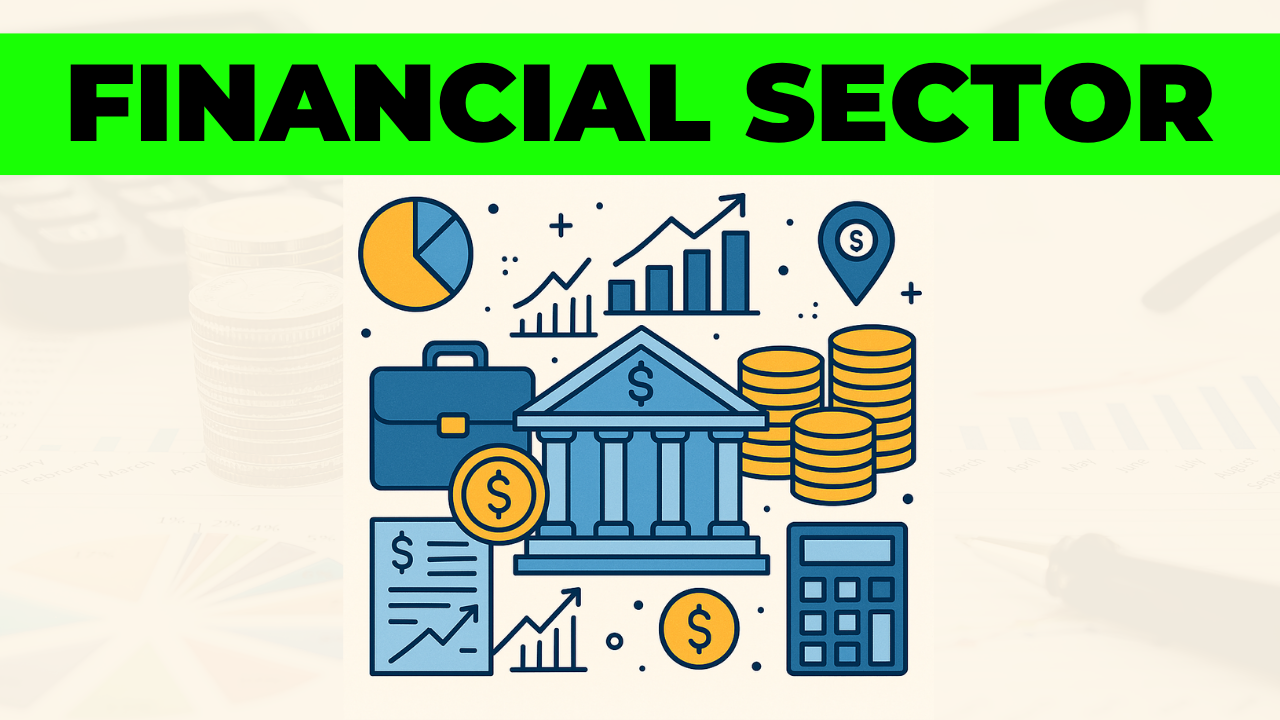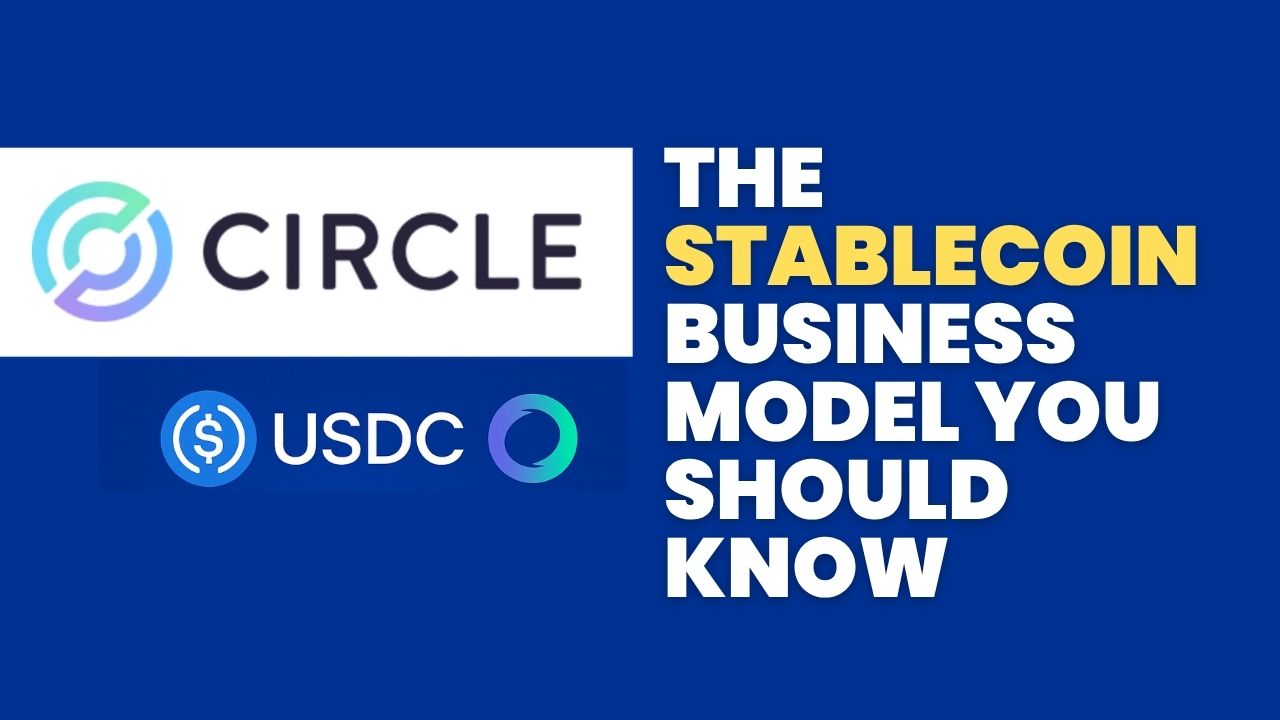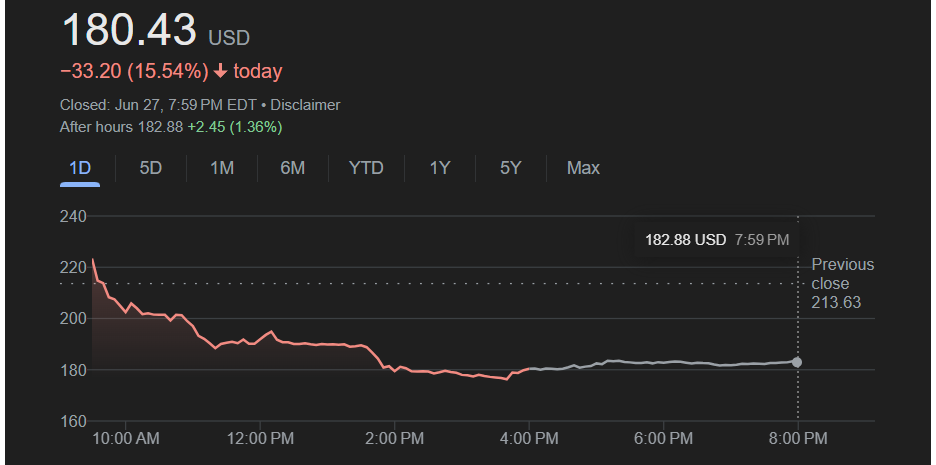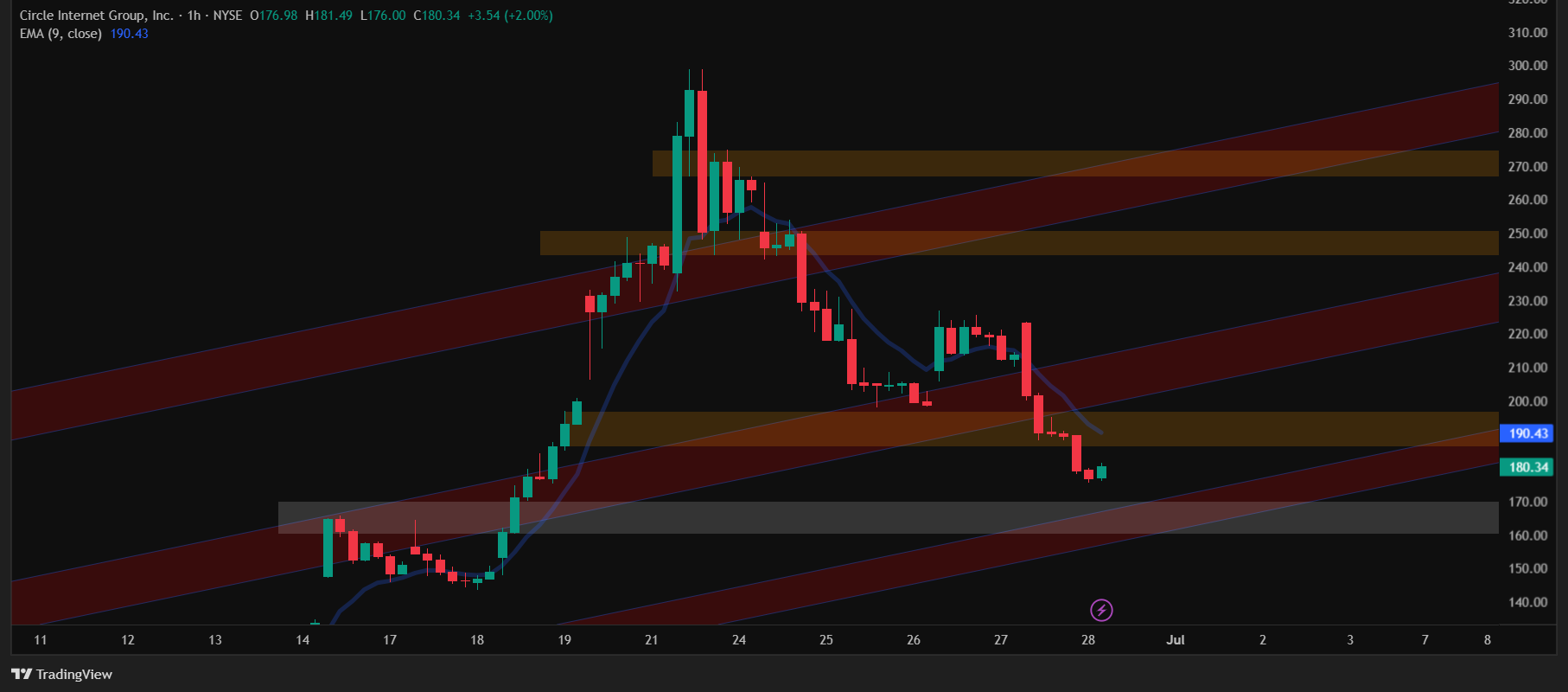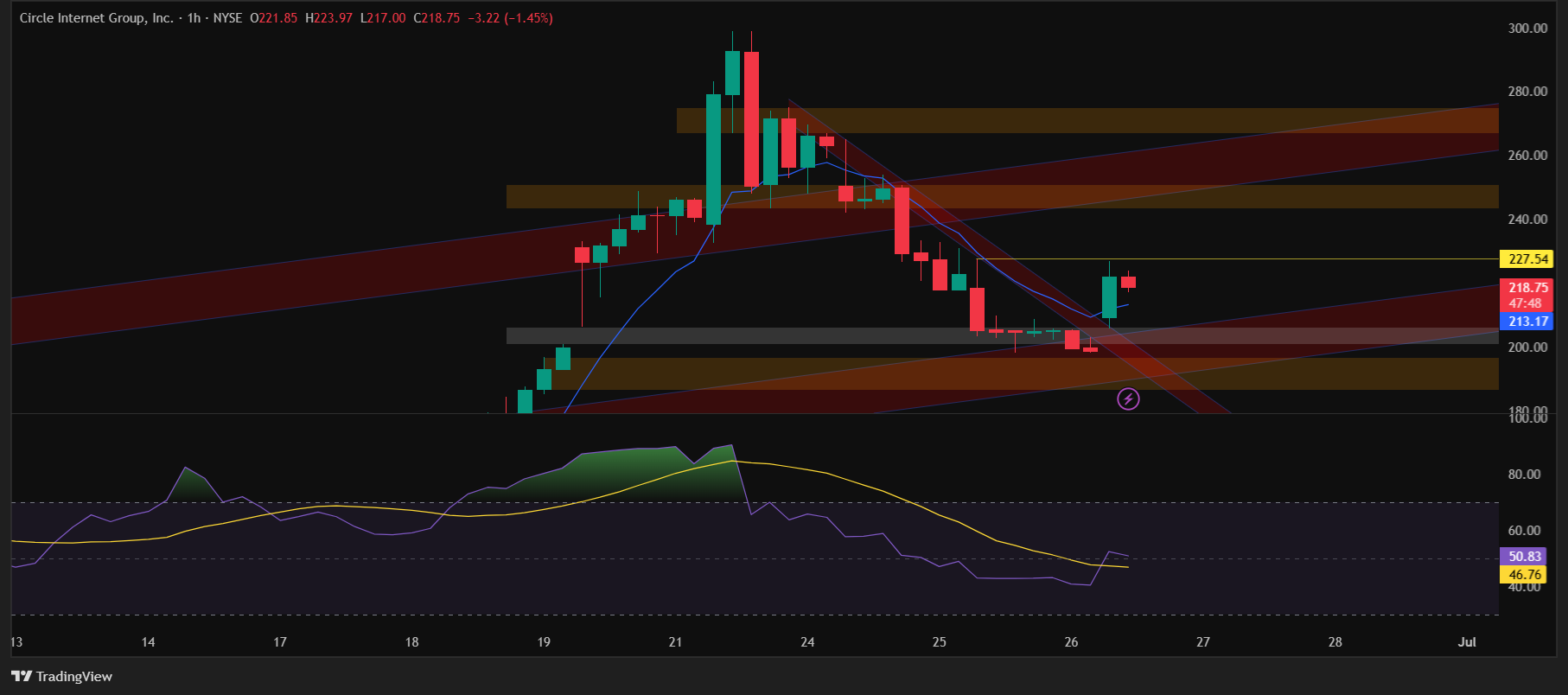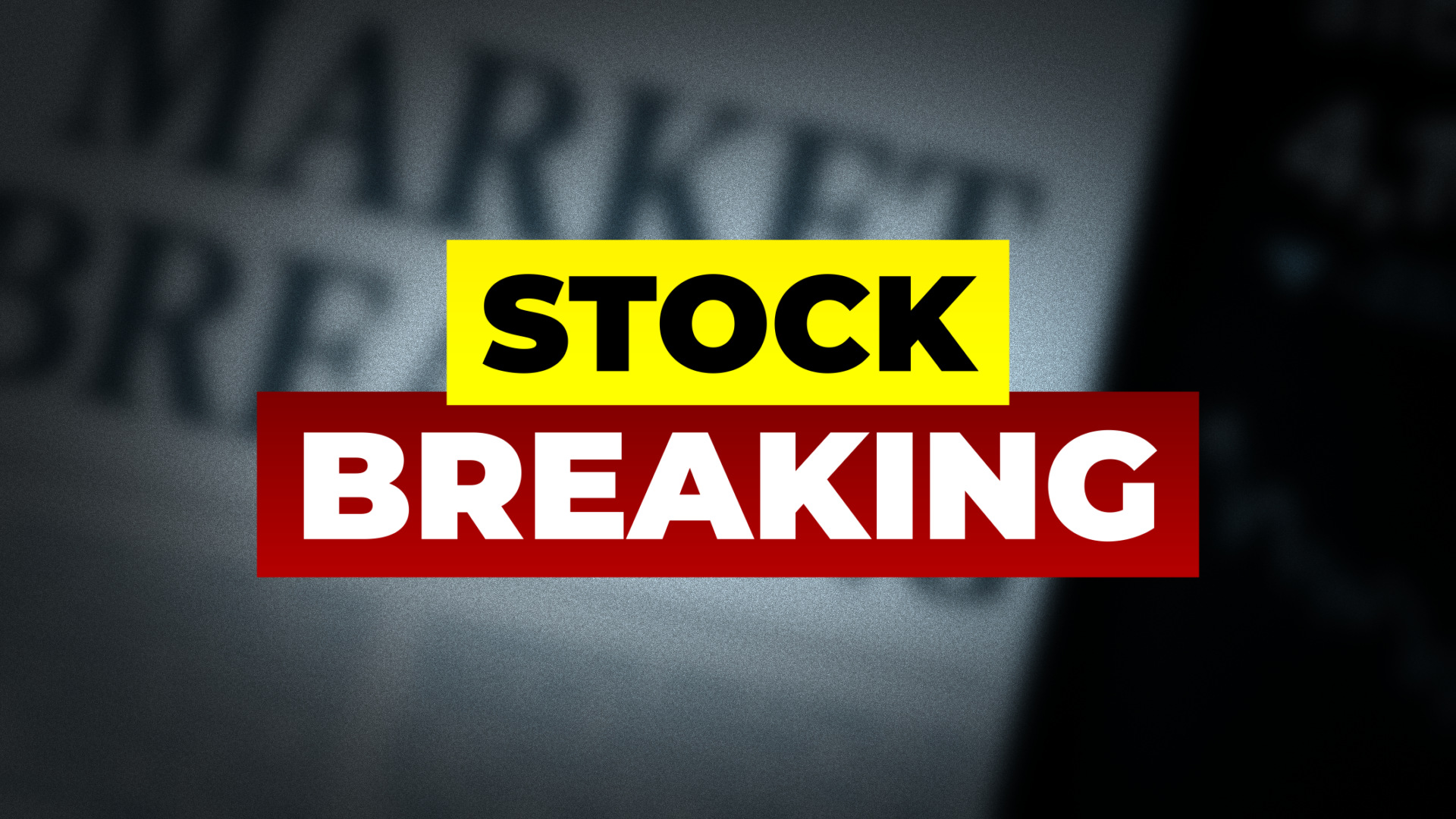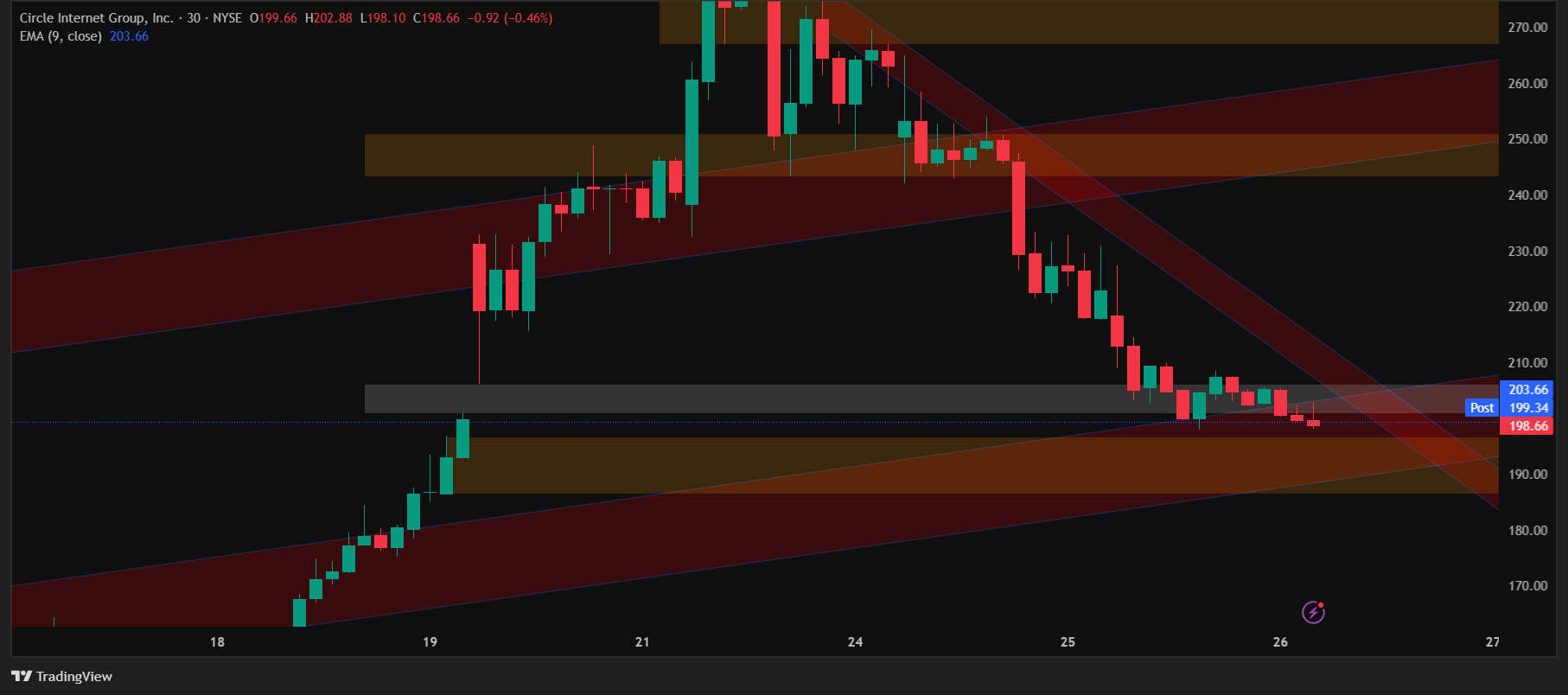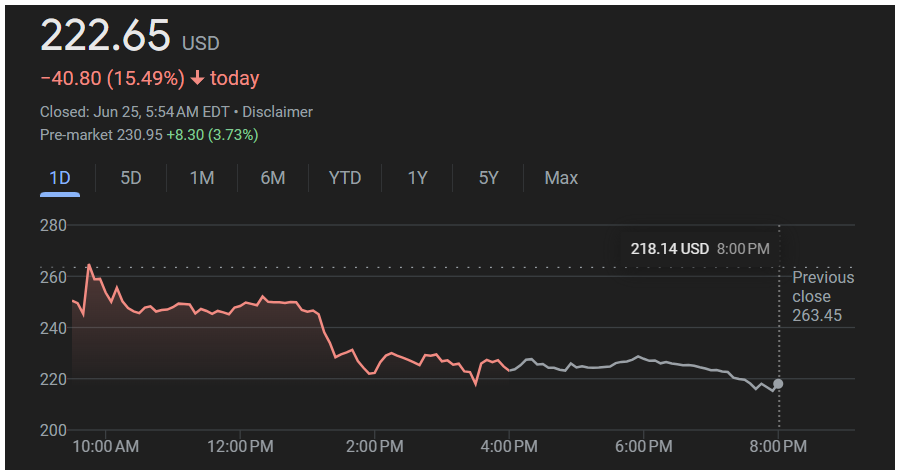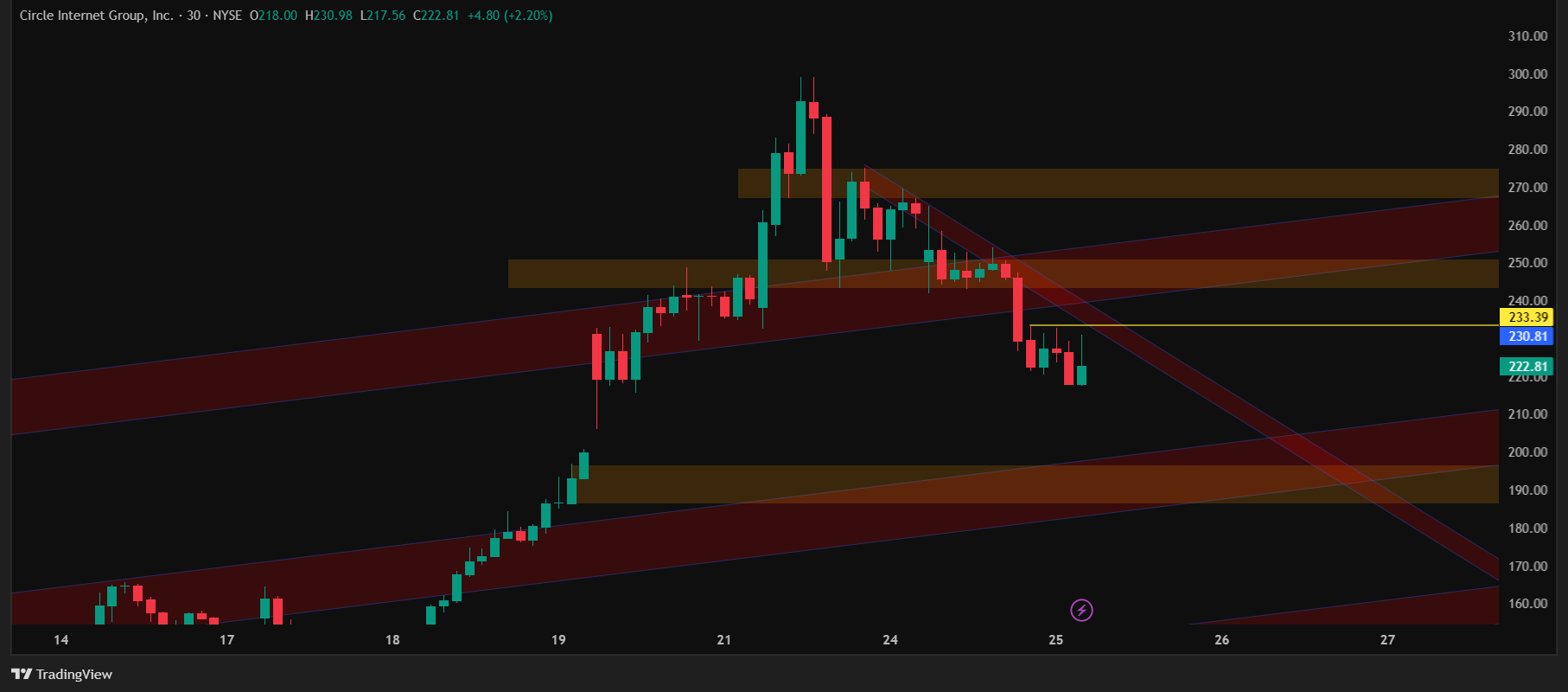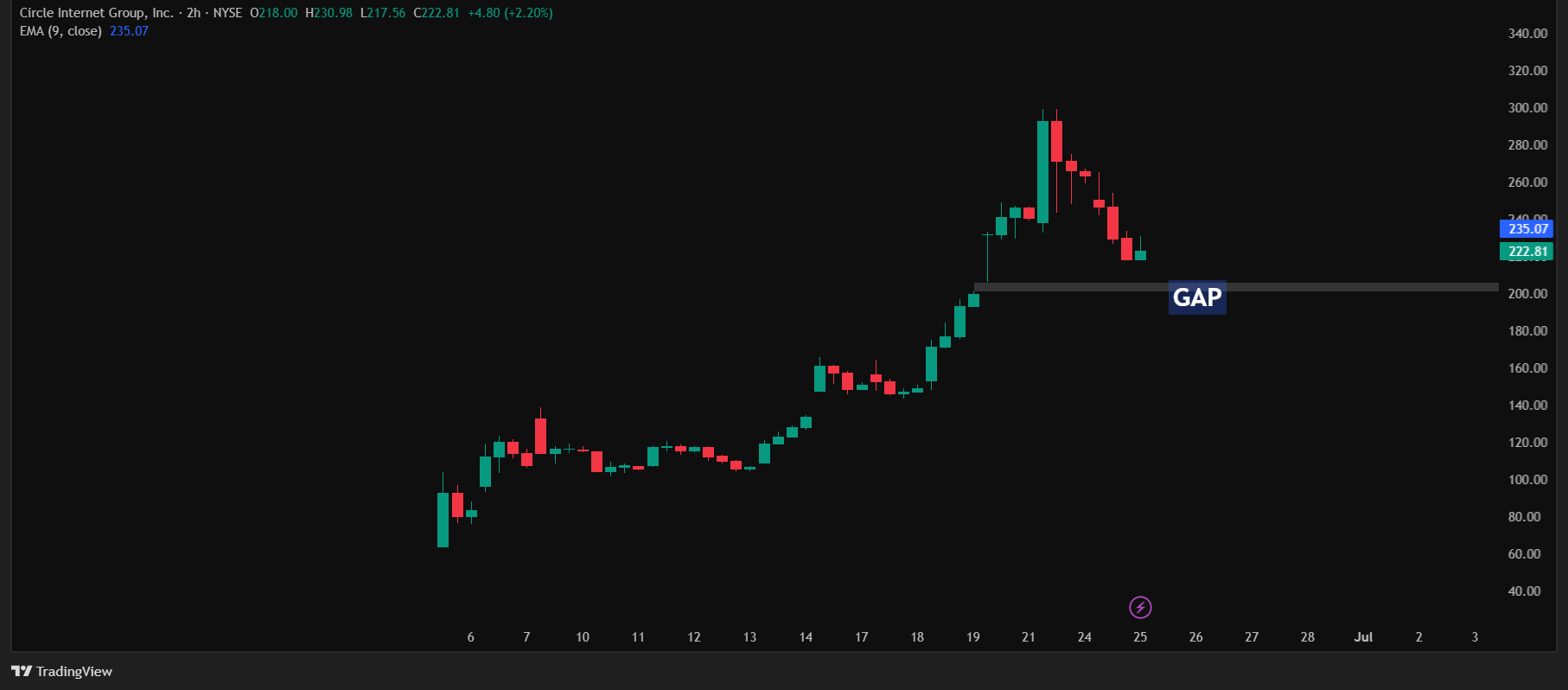Figure Technology Solutions, trading under the ticker FIGR on Nasdaq, is a pioneering fintech company leveraging blockchain technology for lending and digital asset marketplaces.
| Item | Details |
|---|---|
| Ticker | FIGR |
| CEO | Mike Cagney |
| Founded | 2018 |
| Sector | Financials |
| Industry | Credit Services, Fintech, Crypto |
| IPO Date | September 11, 2025 |
| IPO Price | $25/share |
| Valuation | $5.3 billion (post-IPO) |
| Peers | SOFI, UPST, LC, AFRM, BlockFi, COIN, HOOD, BLND, PGY, Figure AI |
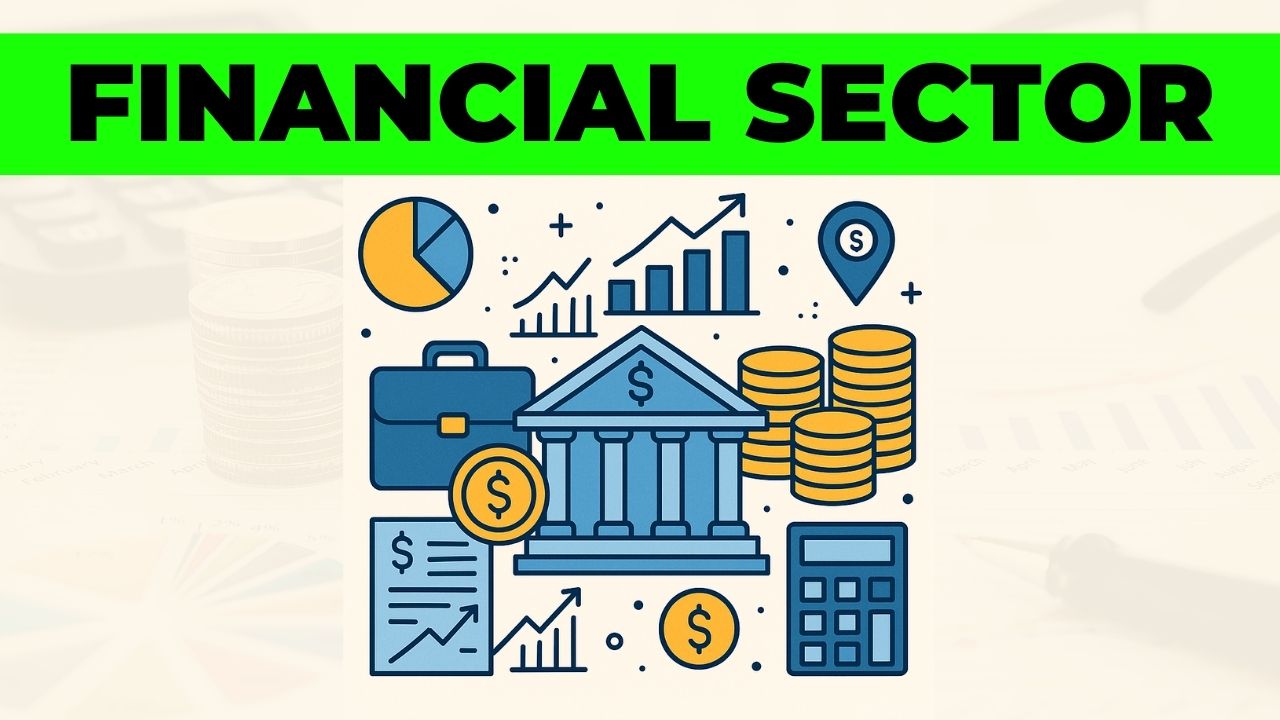
Founded in 2018 by Mike Cagney, who previously co-founded SoFi, Figure went public on September 11, 2025, raising $787.5 million at an initial public offering price of $25 per share, which valued the company at $5.3 billion. Figure has originated over $16 billion in home equity loans and secured partnerships with more than 160 global institutions, positioning itself as a leader in AI-driven, blockchain-enabled lending.
Also Read – What is Blockchain in Cryptocurrency?
As a newly listed company, Figure’s stock price outlook for 2030 and 2035 depends on market trends, regulatory developments in cryptocurrency, and macroeconomic conditions, including U.S. policies on digital assets. This analysis projects Figure’s growth, identifies key headwinds and tailwinds, and compares it to peers, including Circle Internet Group.
Headwinds for Figure Tech
Figure Technology faces several headwinds that could challenge its growth trajectory. Regulatory uncertainty remains a major factor, as changes in policy can quickly alter profitability and expansion opportunities.
The company’s elevated revenue valuation, currently around four to six times earnings, could also raise skepticism among investors if growth slows. Competition is intensifying as decentralized finance (DeFi) players and traditional banks continue adopting similar technologies.
Additionally, custody and compliance burdens pose ongoing operational challenges, while sector volatility leaves Figure exposed to sudden market shifts and the potential for execution missteps.
Tailwinds for Figure Tech
Despite these challenges, Figure enjoys strong tailwinds that are helping drive its growth.
U.S. regulatory reforms introduced in 2025, including the GENIUS Act and supportive Trump administration crypto policies, have improved institutional confidence in fintech innovation. Investor appetite for blockchain lending, artificial intelligence-driven automation, and real-world asset tokenization has reached record levels.
Figure has also distinguished itself by processing loans in just ten days compared with an industry average of forty-two days, which has significantly boosted adoption and originations. The company’s rapid scaling is evident in its $29 million profit in 2025, a sharp turnaround from a $15 million loss in 2024, highlighting robust operational momentum.
Growth in Nasdaq and Fintech Peers
The Nasdaq fintech sector as a whole is projected to maintain a CAGR of 16.2% through 2032, while the global blockchain lending market is expected to grow even faster at 43.65% over the same period.
Peer fintech companies such as SoFi, Upstart, LendingClub, Robinhood, Coinbase, and Affirm historically achieved CAGR ranges of 15% to 29% in revenue during their rapid expansion years. Platforms that integrate artificial intelligence, blockchain, and lending are positioned to benefit the most from this wave of growth.
Also Read – 3 Important Differences Between Cryptography and Blockchain
Five-Year and Ten-Year FIGR Stock and Revenue Outlook
In 2025, Figure’s valuation stood at around $5.3 billion, with projected revenue of approximately $350 million.
Stock Price Prediction – 2030
Assuming a 30% revenue CAGR, which is slightly below the 35% average of peers like SoFi (33%), Upstart (37%), and Affirm (40%), Figure’s revenue could reach approximately $871 million by 2030. If we apply a 12x price-to-sales multiple, consistent with peer averages, this projects a stock price in the range of $120 to $150. Such an outlook implies a 25% to 35% annualized return, significantly outpacing the Nasdaq’s historical 15% CAGR.
In a bullish scenario, the stock could rise as high as $200, supported by favorable regulatory policies and accelerated Web3 adoption.
On the other hand, a bearish case of around $100 is possible if housing markets weaken or if governments introduce restrictive crypto regulations.
Stock Price Prediction – 2035
Looking further ahead, by 2035, Web3 adoption could be more mainstream, opening stronger growth opportunities for Figure.
At a conservative 25% CAGR, revenue could reach around $2.1 billion, while at the higher peer average of 35%, it could grow to $3.8 billion.
Applying a 10x price-to-sales multiple suggests a stock price range of $300 to $400, with the broader forecast falling between $250 and $500, depending on the pace of blockchain adoption.
Also Read – I Created the Best Bitcoin Guide You’ll Ever Read
How is Circle company different from Figure Technologies?
Circle Internet Group and Figure Technologies are both top fintechs using blockchain, but their focus areas are distinct.
Circle is a global payments and crypto infrastructure company best known for issuing USD Coin (USDC), a leading stablecoin, and building systems for fast, secure, cross-border transactions. Its core market is digital payments and enabling businesses to use stablecoins securely.
In contrast, Figure Technologies specializes in blockchain-powered lending, particularly home equity loans, and tokenizing financial assets. Figure’s strength is automating credit origination, asset trading, and capital market processes through blockchain, making lending faster and more transparent.
In short, Circle powers digital payments and stablecoin markets, while Figure makes lending and asset trading easier via blockchain – two different innovation tracks within financial technology.
| Company | Focus | Core Product | Market Position |
|---|---|---|---|
| Circle | Payments | USDC Stablecoin | Global, infrastructure |
| Figure | Lending | Home equity loans | AI, blockchain-powered lending |
Can you buy FIGR stock?
Yes, you can buy FIGR stock as it is listed on Nasdaq and available for trading through registered brokers.
This article is for informational purposes only and should not be considered financial advice. Investing in stocks, cryptocurrencies, or other assets involves risks, including the potential loss of principal. Always conduct your own research or consult a qualified financial advisor before making investment decisions. The author and publisher are not responsible for any financial losses incurred from actions based on this article. While efforts have been made to ensure accuracy, economic data and market conditions can change rapidly. The author and publisher do not guarantee the completeness or accuracy of the information and are not liable for any errors or omissions. Always verify data with primary sources before making decisions.


